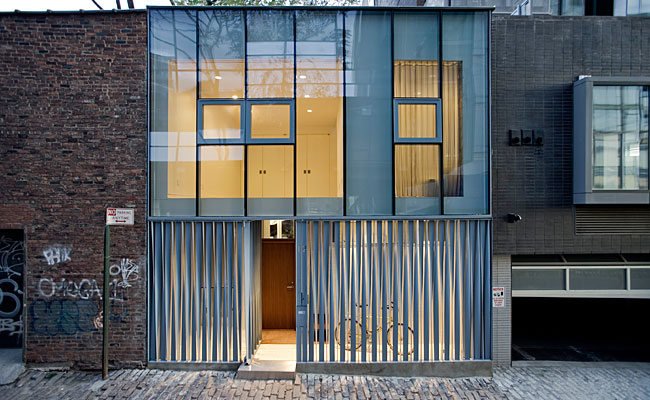
Simple, serene, calm, safe. Not the usual terms used to describe living spaces in New York City, but those are the words chosen by at least one half of the couple renting the West Village carriage house owned by photographer Jan Staller, and designed by New York City–based firm Christoff:Finio Architecture. Built in the mid 19th century, the carriage house, which sits adjacent to the townhouse where Staller lives and works, went through several design iterations over the years, until it was seriously damaged by fire in 2005. Staller had purchased the properties in 1992, and watched his neighborhood continue on a path of gentrification as towers by Richard Meier and Asymptote, among others, rose around him. To keep up, and to preserve a bit of his river view, which was becoming obscured by his neighbors, he hired Christoff:Finio to renovate his townhouse and add on a penthouse in 2004. “I liked their design sense,” he says of the firm, “and when the carriage house burned I decided this was the time to bring it up to the standard of the surrounding buildings.”
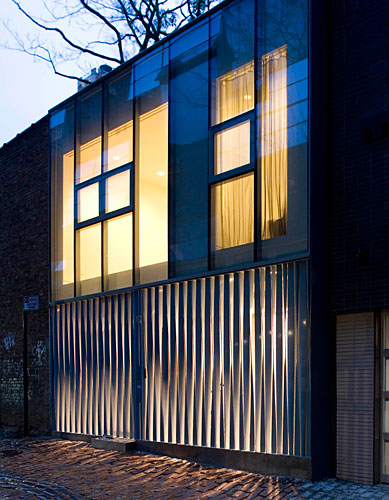
Photo © Jan Staller
Given fairly free rein over the design aesthetics, the architects were happy to face the programmatic challenges. “It was interesting to be given a different kind of residential program, a rental,” says Taryn Christoff. “It had to be generic enough to appeal to renters, but still have all the qualities of a comfortable house.” It was also quite small, with a 20-by-28-foot footprint, and could be no more than two levels.
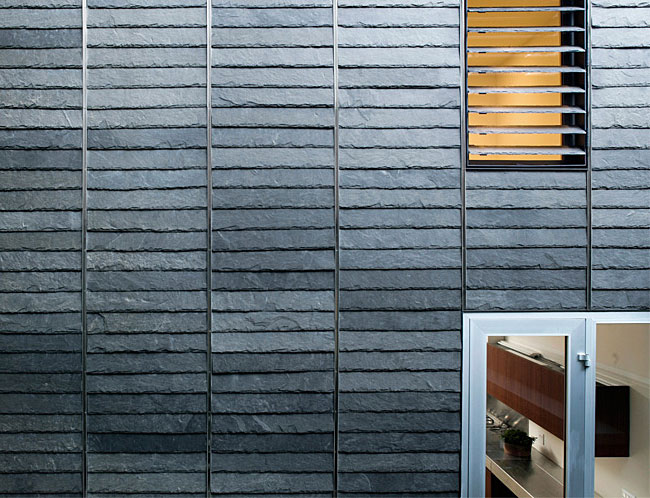 Photo © Jan Staller
Photo © Jan Staller 
While the white interiors don’t exactly break any barriers design-wise, there is an abundance of natural light that is rare for a New York City residence that isn’t glass on all sides. A skylight above the stairway has a lot to do with that, and the tenant says it provides a direct connection to the outdoors. “We see the weather as it happens, and the quality of light from the skylight changes.” Upstairs, there’s a master suite and another bedroom, which functions as an office-cum-guest room. The large windows on the alley side of the master bedroom face one of the new tall, glass towers that have risen since the construction of the carriage house, but the tenant says she doesn’t mind a bit. “The light that reflects off all that glass and comes into our bedroom is really lovely,” she says.
 Photo © Jan Staller
Photo © Jan Staller
As for the tenants, though they are clearly inspired by their home, they acknowledge the downside of raised expectations. “We are New Yorkers renting this house and we realize that what we have here would be very difficult to replicate. This is an unexpected oasis in New York City. What we’ve experienced by living here would definitely be our inspiration if we were looking for a place to buy.”
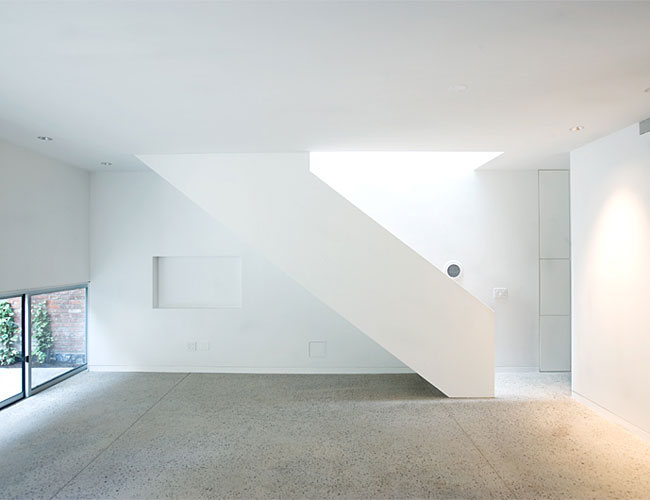 Photo © Jan Staller
Photo © Jan Staller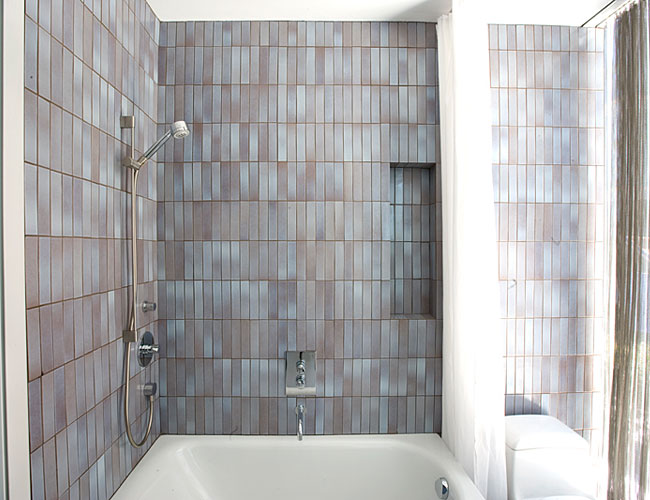
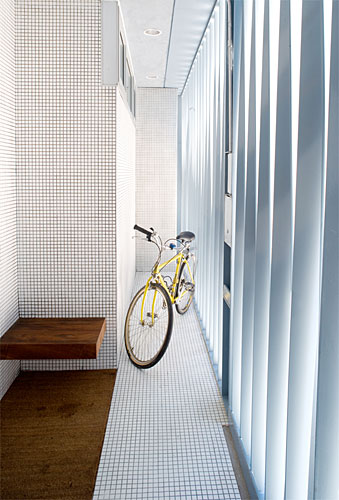



Roof


PeopleArchitect:Christoff:Finio Architecture 250 West Broadway 4th Fl New York, NY 10013 Tel 212.219.1026 Fax 212.219.9165 Partners in charge: Taryn Christoff, Martin Finio, AIA, LEED Project Manager: Christopher Mechaley Engineer(s): Buro Happold (structural) Consultant(s) Plus Group (hvac) General contractor: Alcon Builders Group Photographer Jan Staller 212.633.8370 | ProductsExterior claddingMasonry: Slate Shingles Evergreen Slate Company Metal/glass curtainwall: Wausau Windows Interior finishes Floor and wall tile: Heath Ceramics(WC) |

